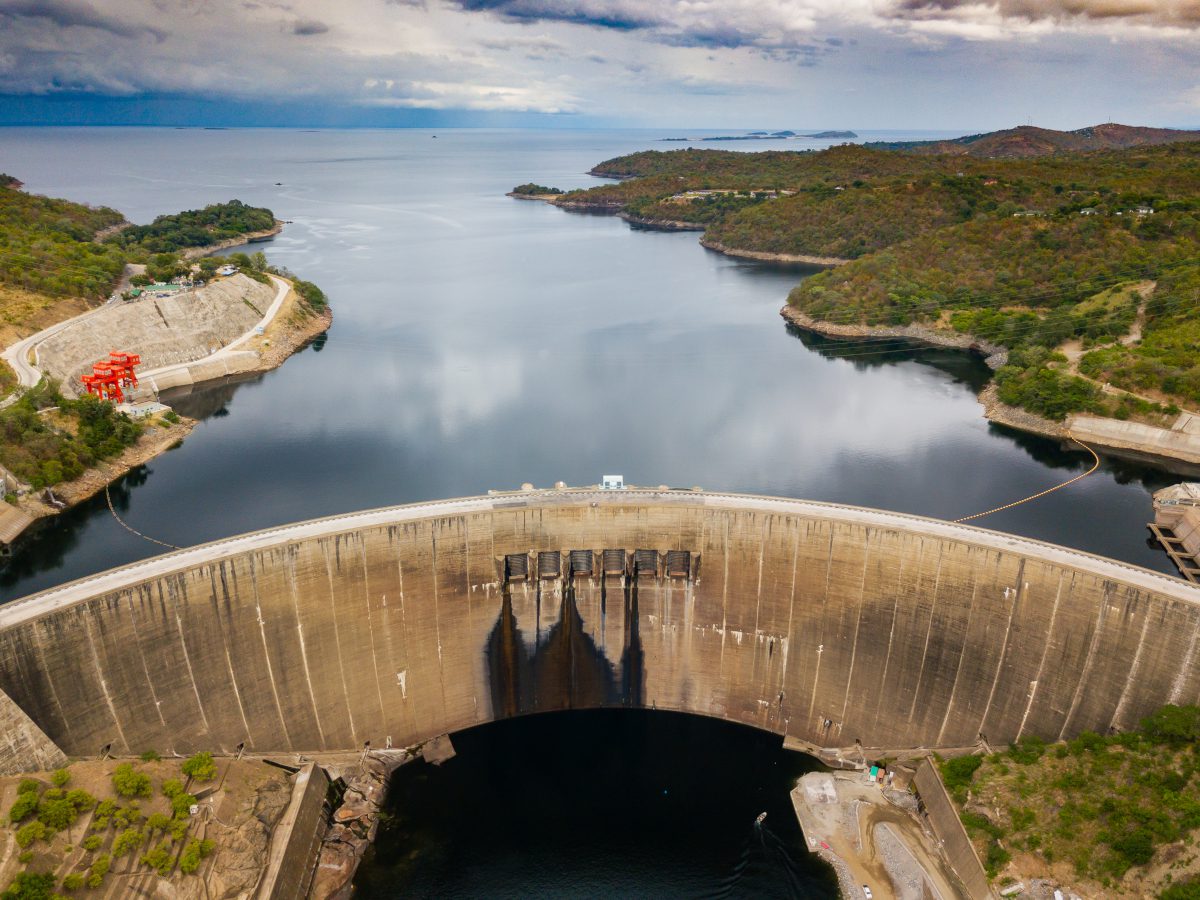The flywheel is an ancient mechanism, invented many centuries ago to power potters wheels. Thanks to its ingenious design, flywheel technology is still widely used and continues to provide innovative solutions to the challenges we face in today’s world. This article delves into how Amber Kinetics is using this simple mechanism to pioneer a new wave of energy storage solutions and the rest of the world that are set to power the transition to a more sustainable future.
How exactly does a flywheel work?
We’re all familiar with batteries, whether it’s the ones in the TV remote, or powering our car – we rely on them to store energy for use when we really need it. Flywheels are essentially a mechanical battery which take advantage of kinetic forces to store energy.
A flywheel energy storage system is a mechanical device containing a spinning mass that is accelerated by using electrical energy. As the spinning mass gains momentum and reaches high speeds, it turns the electrical energy input into kinetic energy and stores it. That energy can be easily withdrawn by slowing down the rotor.
What role do flywheel energy storage solutions play in decarbonization?
One of the key challenges of decarbonization is that renewable energy sources are intermittent. They rely on things like wind and sunlight which aren’t available 24/7 and cannot be simply turned on or off. That means they don’t deliver an uninterruptable supply of energy in the same way that fossil fuels do.
For renewable energy sources like Solar PV and Offshore Wind to meet the supply and demand of the grid, storage solutions must be implemented in order to capture and store surplus energy produced at peak production times. For decarbonization to be successful, renewable energy sources must be paired with energy storage solutions to provide a consistent power source.
How do Flywheel energy storage solutions compare to chemical batteries?
The major downsides of using chemical batteries to store surplus energy are that they cannot be recycled and tend to have a short shelf-life. That’s where Flywheel Energy Storage Solutions show their value. They are highly reliable, safe, long life, energy efficient and non-polluting.
Flywheel energy storage solutions experience no degradation and require no periodic maintenance, meaning they can be easily and inexpensively maintained. What’s more, flywheel systems are not affected by temperature fluctuations, and are able to withstand temperatures ranging from -20C to 50C.
Additionally, the round-trip efficiency (that’s the amount of energy you can withdraw versus the amount of energy that was originally put in) is upwards of 85%. To put that into perspective, conventional coal and gas generators have a round-trip efficiency of 35-40%.
Why haven’t flywheel energy storage solutions been used before?
Flywheel energy storage technology has been traditionally dismissed due to its short duration. Up until now, flywheel energy storage has only had a capacity of a few minutes, meaning it wouldn’t meet large scale supply and demand of the grid.
Amber Kinetics is the game changer.
After many decades of research and innovation, Amber Kinetics has designed a flywheel that meets the supply and demand of the modern grid. They have extended the duration capacity from minutes to up to four hours, offering a huge opportunity in renewable energy storage.
Amber Kinetics – pioneers in green energy storage.
The Amber Kinetics M32 (8kW,32kWh) is the first commercialized four-hour discharge duration Kinetic Energy Storage System (KESS). Its two-ton steel rotor can hold up to 32kWh of energy and can be grouped together, meaning the individual flywheels can be scaled up to tens or even hundreds of megawatts for grid connected or grid forming applications.
With a 30-year design life, and a 10-year manufacture warranty, the Amber Kinetics M32 has no daily cycling limitations and will experience zero degradation over time.
Capturing excess renewable generation during off-peak hours and discharging during peak hour enables utilities to satisfy Renewable Portfolio Standard (RPS) mandates and avoid costly Transmission and Distribution (T&D) upgrades and investments, with savings passed through to rate payers.

















